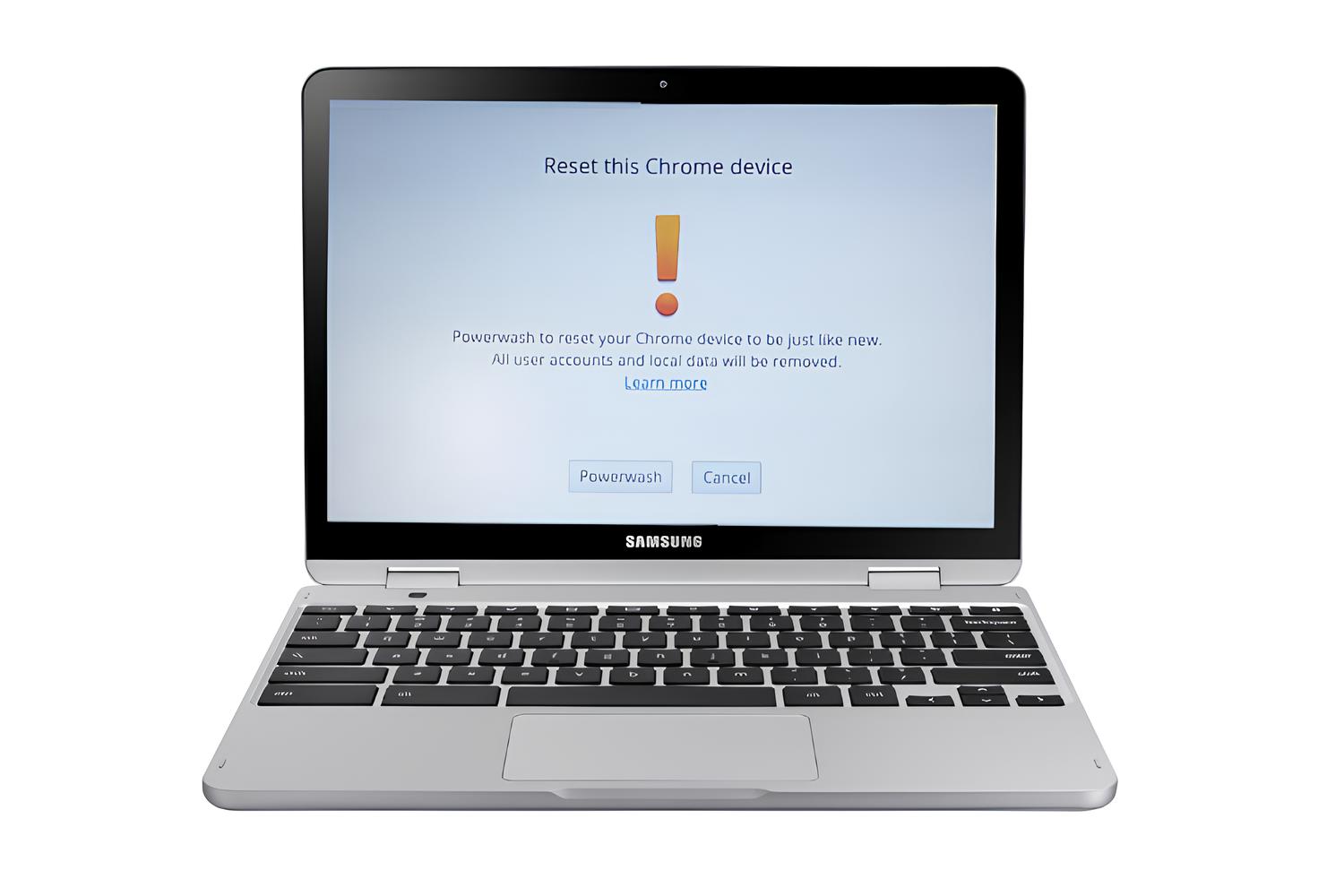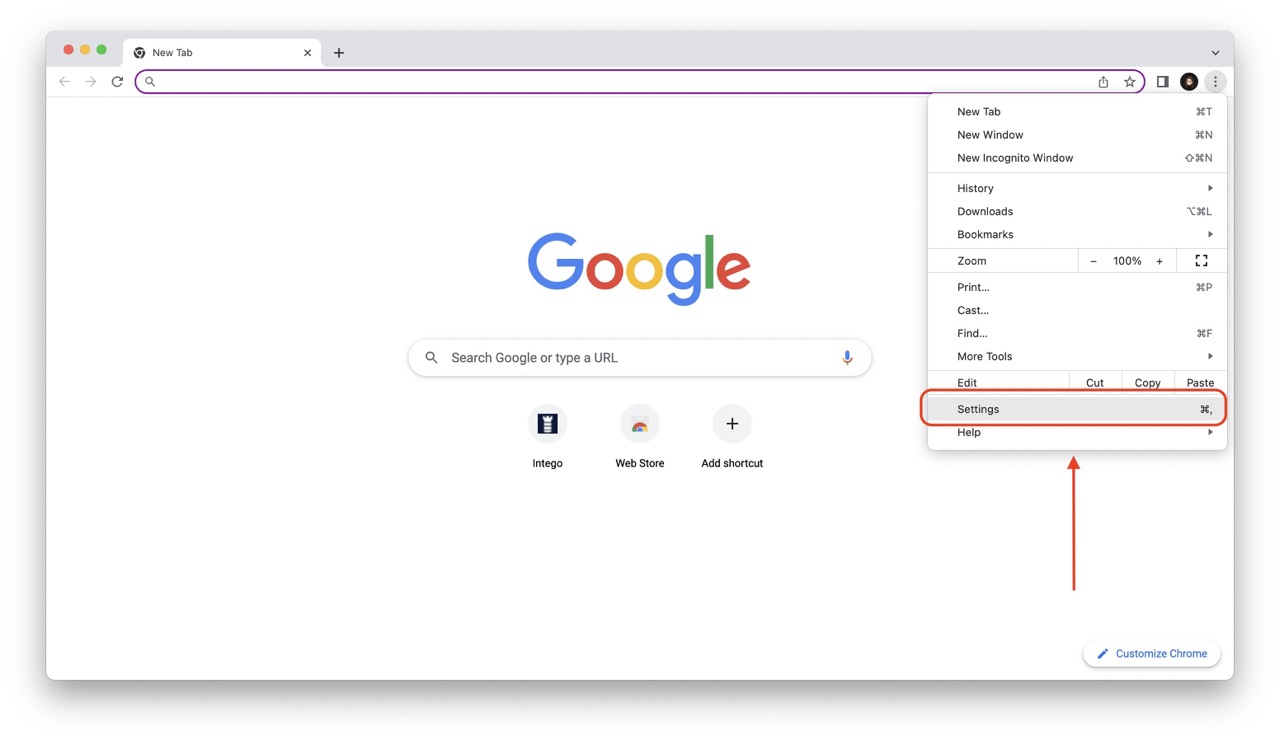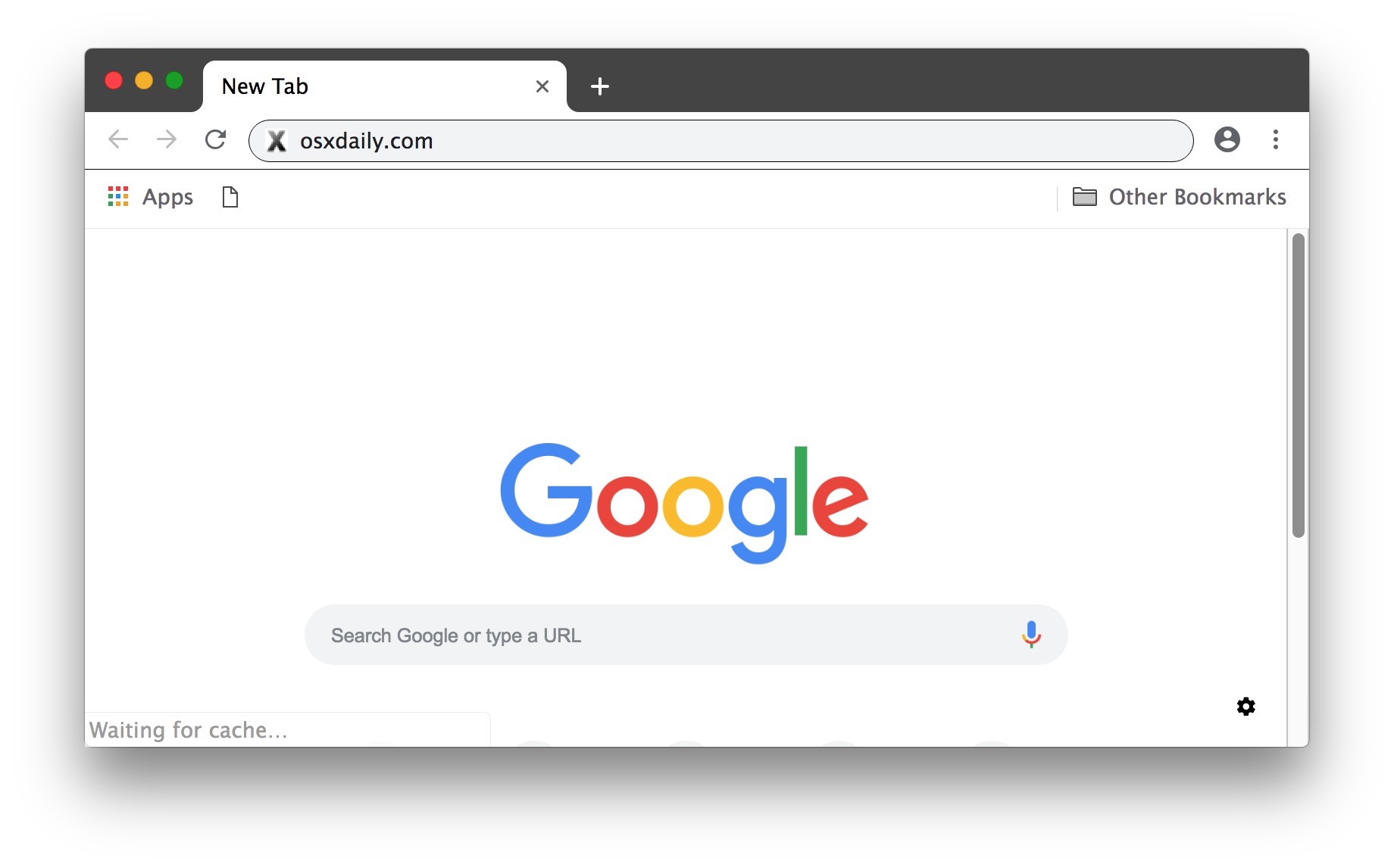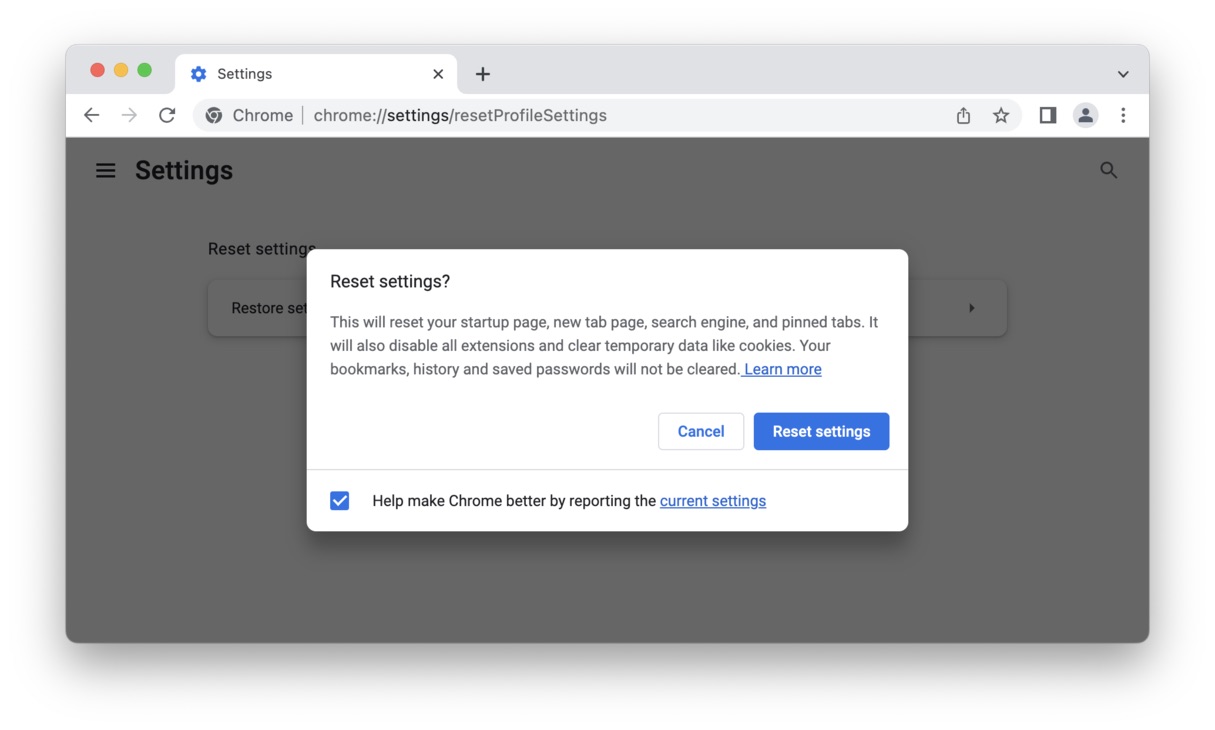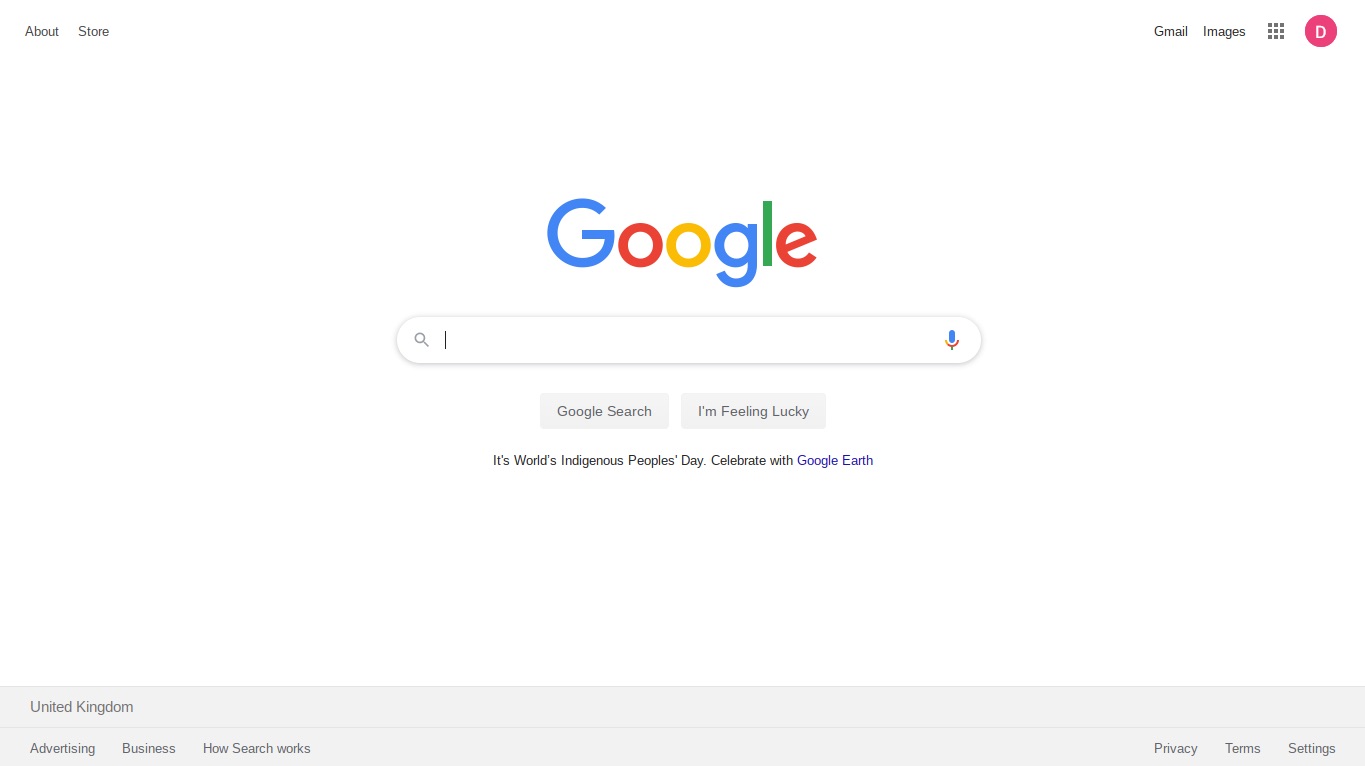Introduction
Google Chrome is one of the most popular web browsers, known for its speed, simplicity, and user-friendly interface. However, like any software, Chrome can encounter issues that may impact its performance and functionality. When faced with persistent problems such as slow loading times, frequent crashes, or unresponsive tabs, it may be necessary to reset Chrome to its default settings or even reinstall the browser entirely.
In this comprehensive guide, we will explore three effective methods to address common Chrome issues and restore the browser to optimal performance. Whether you're experiencing sluggish browsing, unexpected errors, or unusual behavior, these methods will help you troubleshoot and resolve the issues, allowing you to enjoy a seamless and efficient browsing experience once again.
By following the step-by-step instructions provided in this article, you will gain valuable insights into resetting Chrome settings, uninstalling and reinstalling the browser, and utilizing the Chrome Cleanup Tool. Each method offers a unique approach to resolving Chrome-related issues, empowering you to make informed decisions based on your specific requirements and preferences.
Let's delve into the details of each method and equip ourselves with the knowledge and tools needed to effectively reset Chrome and overcome any obstacles that may hinder your browsing experience. Whether you're a seasoned Chrome user or a newcomer to the world of web browsers, this guide will serve as a valuable resource for optimizing your Chrome settings and ensuring a smooth and trouble-free browsing experience.
Method 1: Resetting Chrome Settings
Resetting Chrome settings can effectively resolve a wide range of issues, including slow performance, frequent crashes, and unresponsive tabs. This method allows you to revert Chrome to its default state, eliminating any problematic configurations or extensions that may be causing disruptions. By following these simple steps, you can initiate the reset process and restore Chrome to its original settings, potentially resolving the issues you are experiencing.
-
Accessing Chrome Settings: To begin the reset process, open Google Chrome on your computer and click on the three-dot menu icon located in the top-right corner of the browser window. From the dropdown menu, select "Settings" to access the Chrome settings panel.
-
Navigating to Advanced Settings: Within the Settings panel, scroll down to the bottom and click on the "Advanced" option to reveal additional settings and options.
-
Resetting Chrome: Scroll down further until you find the "Reset and clean up" section. Within this section, click on "Restore settings to their original defaults." A confirmation dialog will appear, allowing you to review the changes that will occur during the reset process.
-
Initiating the Reset: After reviewing the changes, click on the "Reset settings" button to confirm and initiate the reset process. Chrome will then proceed to reset its settings to the default state, removing any extensions, themes, and custom configurations that may be contributing to the issues you are facing.
-
Completion and Verification: Once the reset process is complete, Chrome will return to its original state, and you will be presented with a confirmation message. At this point, you can verify whether the issues you were experiencing have been resolved. You may also need to re-enable any desired extensions or reconfigure specific settings based on your preferences.
By following these steps, you can effectively reset Chrome settings and address common issues that may be affecting your browsing experience. This method provides a straightforward and user-friendly approach to troubleshooting and resolving Chrome-related problems, allowing you to restore the browser to optimal performance without the need for extensive technical knowledge or expertise.
Whether you're encountering slow loading times, unresponsive tabs, or unexpected errors, resetting Chrome settings can serve as a valuable solution to restore the browser's functionality and ensure a seamless browsing experience. With this method at your disposal, you can confidently address Chrome issues and maintain a smooth and efficient browsing environment.
Method 2: Uninstalling and Reinstalling Chrome
Uninstalling and reinstalling Google Chrome can be a comprehensive approach to addressing persistent issues that may not be resolved through resetting the browser settings alone. By completely removing Chrome from your system and performing a fresh installation, you can effectively eliminate any underlying issues that may be impacting the browser's performance and functionality.
Uninstalling Chrome
-
Accessing Control Panel: To begin the uninstallation process, navigate to the Control Panel on your Windows computer. You can access the Control Panel by searching for it in the Windows search bar or accessing it through the Start menu.
-
Programs and Features: Within the Control Panel, locate the "Programs" or "Programs and Features" option, which contains a list of installed applications on your computer.
-
Locating Google Chrome: Scroll through the list of installed programs and locate Google Chrome. Click on Chrome to select it, then choose the "Uninstall" option from the top menu or right-click on Chrome and select "Uninstall."
-
Confirmation and Removal: A confirmation dialog will appear, prompting you to confirm the uninstallation of Google Chrome. Follow the on-screen instructions to proceed with the uninstallation process. Once completed, Google Chrome will be removed from your computer.
Reinstalling Chrome
-
Downloading the Installation File: After uninstalling Chrome, open your preferred web browser and navigate to the official Google Chrome website. Locate the download link for Chrome and click on it to initiate the download of the installation file.
-
Running the Installer: Once the download is complete, locate the installation file on your computer and double-click on it to run the installer. Follow the on-screen instructions to install Google Chrome on your system.
-
Customizing Settings (Optional): During the installation process, you may have the option to customize certain settings, such as the installation location and default browser preferences. Adjust these settings according to your preferences before completing the installation.
-
Completion and Verification: Once the installation is complete, launch Google Chrome and verify that it is functioning as expected. You may need to sign in to your Google account and reconfigure any personalized settings or extensions that were previously in use.
By uninstalling and reinstalling Google Chrome using the aforementioned steps, you can effectively address persistent issues and ensure a clean and optimized installation of the browser. This method provides a comprehensive solution for resolving complex problems that may be impacting Chrome's performance, ultimately allowing you to enjoy a seamless and trouble-free browsing experience.
Method 3: Using Chrome Cleanup Tool
The Chrome Cleanup Tool is a specialized utility developed by Google to help users identify and remove unwanted software that may be causing issues within the Chrome browser. This tool is designed to detect and eliminate potentially harmful programs, including adware, toolbars, and other forms of malicious software that can impact Chrome's performance and compromise the browsing experience.
Initiating the Cleanup Process
To begin using the Chrome Cleanup Tool, you can follow these simple steps:
-
Downloading the Tool: Visit the official Chrome Cleanup Tool page on the Google website and download the utility to your computer. The tool is available as a standalone application and does not require installation, making it convenient to use.
-
Running the Tool: Once the tool is downloaded, locate the executable file and double-click on it to run the Chrome Cleanup Tool. The tool will initiate a scan of your system to identify any potentially harmful software that may be affecting Chrome.
-
Scanning for Harmful Software: The Chrome Cleanup Tool will thoroughly examine your computer for unwanted programs and malicious software that could be impacting Chrome's performance. The scanning process is designed to identify and isolate any problematic elements that may be causing disruptions.
-
Reviewing the Scan Results: After the scan is complete, the Chrome Cleanup Tool will present a summary of the identified issues and potentially harmful software found on your system. You will have the opportunity to review the scan results and determine the actions to be taken.
Resolving Identified Issues
Upon identifying potentially harmful software, the Chrome Cleanup Tool provides options to address the issues:
-
Removing Unwanted Software: The tool offers the option to remove any identified unwanted software or potentially harmful programs from your system. By selecting this option, you can initiate the removal process to eliminate the problematic elements.
-
Restoring Chrome Settings: In some cases, the Chrome Cleanup Tool may recommend restoring Chrome to its default settings to address issues caused by unwanted software. This option allows you to reset Chrome and eliminate any configurations or extensions that may be contributing to the problems.
Verifying the Cleanup Results
After utilizing the Chrome Cleanup Tool, it is essential to verify the results and ensure that the identified issues have been effectively resolved. You can do so by relaunching Chrome and assessing its performance, including browsing speed, stability, and responsiveness. Additionally, you can monitor for the absence of previously experienced issues, such as intrusive pop-ups, unauthorized redirects, or unexpected behavior within the browser.
By leveraging the capabilities of the Chrome Cleanup Tool, users can effectively identify and address potential threats and unwanted software that may be impacting Chrome's performance. This method provides a proactive approach to maintaining a secure and optimized browsing environment, ultimately contributing to a seamless and enjoyable web browsing experience.
Utilizing the Chrome Cleanup Tool empowers users to take proactive measures in safeguarding their browsing experience and ensuring the optimal performance of the Chrome browser. By following the outlined steps and leveraging the capabilities of this specialized utility, users can effectively address potential threats and unwanted software, ultimately contributing to a secure and trouble-free browsing environment.
Conclusion
In conclusion, the process of resetting Google Chrome through the methods outlined in this guide offers valuable solutions for addressing a wide range of issues that may impact the browser's performance and functionality. Whether you encounter slow loading times, unresponsive tabs, or unexpected errors, the ability to reset Chrome settings, uninstall and reinstall the browser, or utilize the Chrome Cleanup Tool provides effective strategies for troubleshooting and resolving these challenges.
By resetting Chrome settings, users can initiate a streamlined process to revert the browser to its default state, eliminating problematic configurations and extensions that may be contributing to disruptions. This method offers a user-friendly approach, allowing individuals to restore Chrome to its original settings without the need for extensive technical expertise.
Uninstalling and reinstalling Chrome presents a comprehensive solution for addressing persistent issues that may not be resolved through resetting alone. By completely removing Chrome from the system and performing a fresh installation, users can effectively eliminate underlying issues and ensure a clean and optimized installation of the browser, ultimately contributing to a seamless browsing experience.
The Chrome Cleanup Tool serves as a proactive measure to identify and remove potentially harmful software that may impact Chrome's performance. By leveraging the capabilities of this specialized utility, users can safeguard their browsing experience and maintain a secure and optimized environment, free from unwanted programs and potential threats.
Incorporating these methods into your troubleshooting toolkit empowers you to address common Chrome-related issues and maintain a smooth and efficient browsing experience. Whether you're a casual user or a seasoned Chrome enthusiast, having the knowledge and tools to reset Chrome effectively equips you to overcome obstacles and ensure the optimal performance of the browser.
By following the step-by-step instructions provided in this guide, users can confidently navigate the process of resetting Chrome, leveraging the outlined methods to troubleshoot and resolve issues that may impact their browsing experience. With a proactive approach to maintaining Chrome's performance, users can enjoy a seamless and trouble-free browsing environment, maximizing the benefits of this popular web browser.







